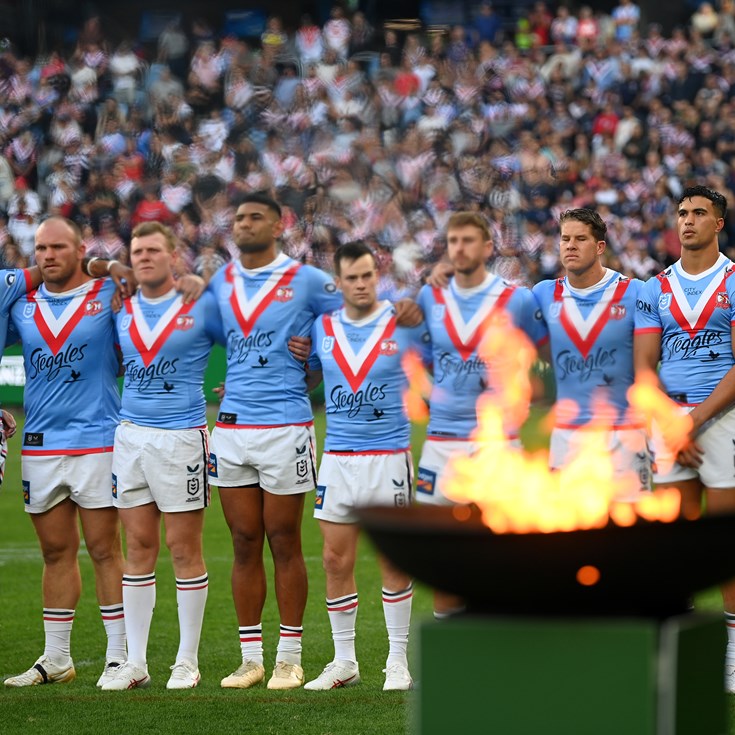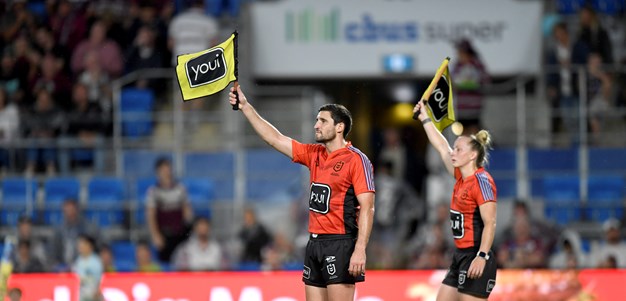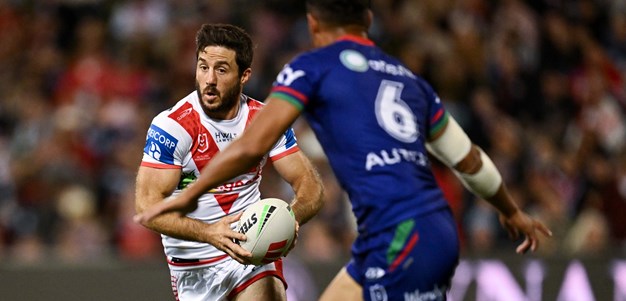The old adage of "toughest pre-season ever" looks set to come to fruition over the summer as players are pushed to develop greater physical and mental resilience in order to cope with the demands of playing more minutes in 2016.
Interchange: Impact on recruitment
NRL to reduce number of interchanges
With the announcement by the NRL on Wednesday that the number of interchanges will be reduced from 10 to eight next season in order to place a greater emphasis on endurance over power, the challenge for strength and conditioning coaches across the competition will be to develop their athletes so fatigue doesn't become a factor.
Given Wayne Bennett's preference to have players in his team who are mobile and capable of playing extended minutes anyway, Brisbane Broncos high performance manager Jeremy Hickmans doesn't anticipate having to make drastic changes to their pre-season program later this year.
He did say, however, that a major focus will be building that resilience to be able to withstand longer minutes on the field without compromising their performance.
"From our point of view it's going to challenge us to make them more resilient to more game time and making them fit enough to do that," Hickmans told NRL.com.
"A huge amount of what we do in pre-season is not just getting them fit, it's developing both their mental and physical resilience to the intensity that they've got to work at.
"It's not going to change anything we do, we just might need to work on a few players a little bit differently to enable them to play that extra 10 minutes.
"We can play all the games in the world but that traditional conditioning does develop that mental toughness as well as the physical endurance through the muscles to be actually able to cope with the demands of the game.
"It's just a slightly more demanding game now."
Following the mid-season departure of Mitch Garbutt to England, Sam Thaiday is the heaviest member of the Broncos' squad at 110 kilograms and the regular members of the starting forward pack are all capable of playing big minutes.
It will make the job of the Broncos' performance staff more straightforward than some clubs who have a stack of big bodies on their roster.
"We're not a side with huge amounts of 120-kilo players, Wayne likes to have players who can play extended game time so a lot of our forward pack are essentially players that can play game time there anyway," said Hickmans, who has worked alongside Bennett since 2006.
"It just tends to be the way Wayne wants his team. He wants his team to be able to build and maintain pressure over a long period of time so physical fitness has always been a huge part of what we do anyway.
"It's fairly obvious that's a big part of the way his teams play, maintaining that intensity and building pressure that way so he needs players that can hold that intensity for 20-25 minutes to hopefully wear down the other team.
"You would expect some of the big guys will probably have to drop a little bit of the weight and head down the route where they can't carry any excess baggage so to speak.
"The game has been heading this way a little bit anyway so the change in the interchange will probably just mean that those big guys who have played 10-15 minutes will be challenged to play a bit more."
A major factor in the NRL's decision to make such significant changes to the interchange system is in an effort to reduce the number of collision injuries, with figures from the last reduction in 2008 supporting the move.
"The potential for extra fatigue to increase injuries I think is there but having said that when the players rotate around and they get fitter we always deal with that," Hickmans said.
"It's hard to see which way it's going to go. We've seen when it was reduced from 12 to 10 that injury rates started to drop so that's a big part of the argument to reduce the interchange, to slow the game so the big guys are not quite getting the damage due to the impacts there.
"The other side of that is whether with greater fatigue, they start getting in bad positions which causes more injuries.
"It's a fine balance between how many is right and how many is wrong. When they were talking about six, personally I think that was too few and I think eight is probably going to be about right."




